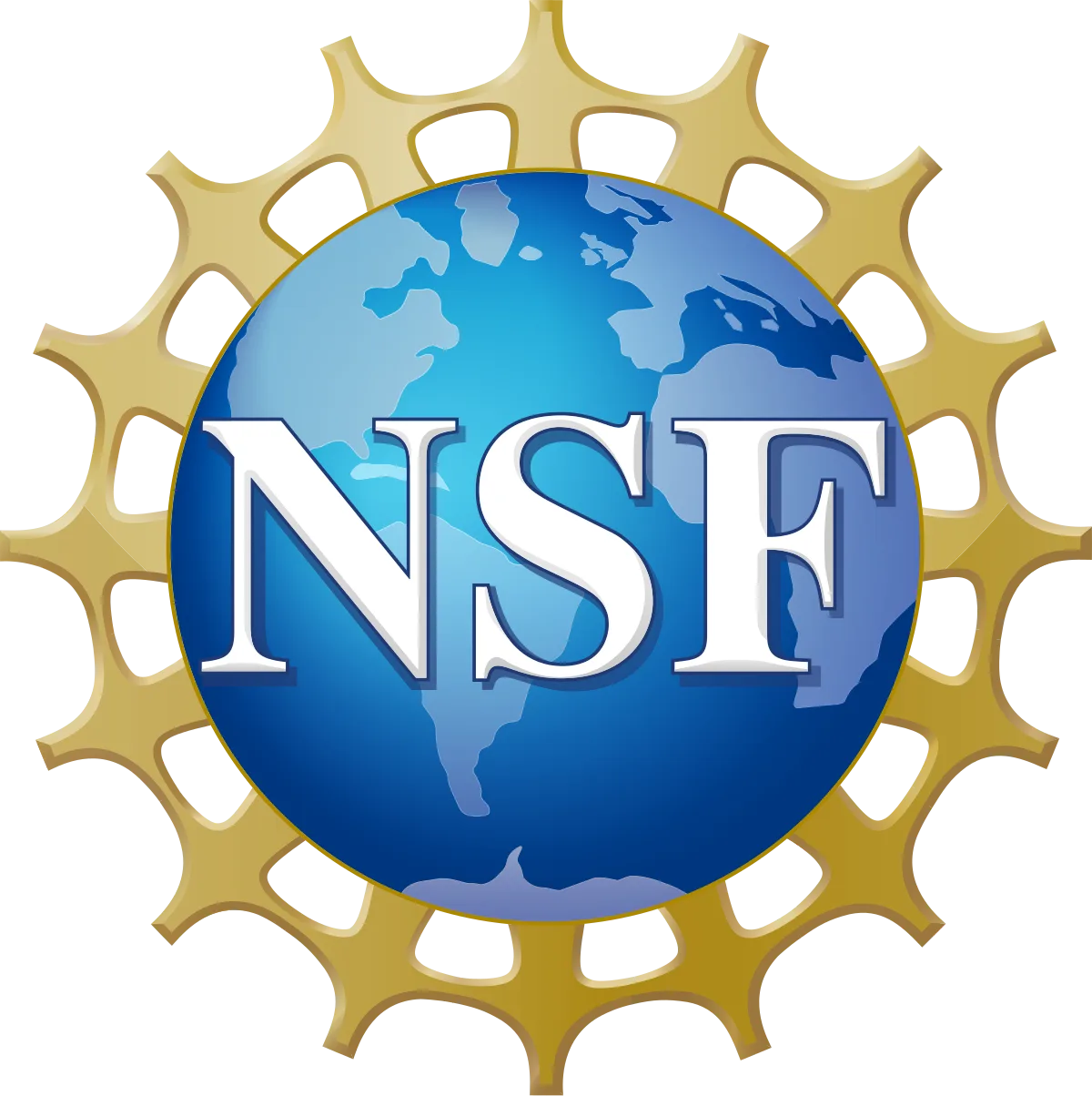Collaboration Agreement Template
As scientific research continues to move towards collaborative knowledge production, scientists must become more adept at working in teams. This template contains questions in several topic areas that guide team reflection on what is working and not working, discussion of strategies for working together successfully, and development of approaches for preemptively addressing potential conflicts. It is intended to facilitate dialogue about shared rules and norms of collaboration and open pathways for anticipating, identifying, and addressing obstacles as they arise.
A brief description of the Collaboration Agreement Template
This Collaboration Agreement template was designed to assist teams in:
- Making explicit and therefore transparent important aspects of their approach to collaboration
- Ensuring they have a shared vision for their work together
- Recognizing that their working relationships are dynamic, individually and as a team, and will require flexibility and a willingness to adapt over time
- Establishing expectations for working together, including what they do and say
- Preparing for disagreements and even conflicts, especially in the early stages and along the way when there are changes in team composition.
The agreement was designed around three central dimensions of collaborative research:
- The team management section focuses on developing a shared view of success, holding each other accountable, and deciding how decisions will be made.
- The team dynamics section concerns the establishment of psychological safety in the group and includes questions about managing differences, creating a safe space to work collaboratively, and responding to conflict.
- The team communication section is devoted to norms for communication, both when in dialogue as well as the actual mechanisms for communicating, and strategies for incorporating the different perspectives each member brings to the effort.
The template is a generic version of one originally developed for the US National Science Foundation Convergence Accelerator Program. It is based on Bennett et al. (2018) and Hall et al. (2019). The process is based on that used by the Toolbox Dialogue Initiative (Hubbs et al. 2020).
This strategic action can encourage cross-sectoral co-leadership & shared decision-making:
The following are examples of questions from the template.
Team Management: What does success look like for this project (eg., achieve funding, advance our careers, develop a marketable deliverable, function well as a team, sustain our motivation)? How will important project decisions be made for this team (eg., about budgets, funding, reports, team function, user interviews, personnel decisions, data management)?
Team Dynamics: How will we ensure it is safe for everyone to take a risk in our group (eg., present ideas about the science or the team dynamics that others may think will not work)? What process do we follow if we cannot resolve a conflict among ourselves?
Team Communication: What will our communication norms be? Communication norms could include: frequency of team communication, plans for addressing communication problems, plans for conducting research meetings, ways of discussing team functioning, what to do if teammates don’t communicate as expected.
An appendix includes additional questions that teams can consider and invites teams to develop and use their own questions, so they can customize the template to the needs of their project.
The team’s answers to these questions will clarify how proposed collaboration steps are to be implemented, and how teammates will be held accountable for following these steps.
This strategic action directly contributes to various common institutional priorities, including:
HIBAR projects enable university-based researchers and non-academic researchers and practitioners to work together on projects that strengthening commitment to research excellence and also greatly accelerate progress toward solving society’s critical problems, since co-produced research outcomes are more likely to be translated to benefit society in the long term.
Learn more about the Collaborative Agreement Template
View a helpful summary of the Collaboration Agreement template is included
Download the Collaboration Agreement template
Learn more from these references:
- Bennett, L. M., Gadlin, H. and Marchand, C. (2018). Collaboration and Team Science Field Guide. National Institutes of Health, Bethesda, MD, United States of America. (Online, open access)
- Hall, K. L., Vogel, A. L. and Crowston, K. (2019). Comprehensive collaboration plans: Practical considerations spanning across individual collaborators to institutional supports. In, K. L. Hall, A. L. Vogel, and R. T. Croyle, (Eds.), Advancing Social and Behavioral Health Research through Cross-Disciplinary Team Science: Principles for Success(pp. 587–612), Springer, Berlin/Heidelberg: Germany. (Online, the chapter is open access)
- Hubbs, G., O’Rourke, M. and Orzack, S. H. (Eds.). (2020). The Toolbox Dialogue Initiative: The Power of Cross-Disciplinary Practice. CRC Press: Boca Raton, FL, United States of America. (Online)
